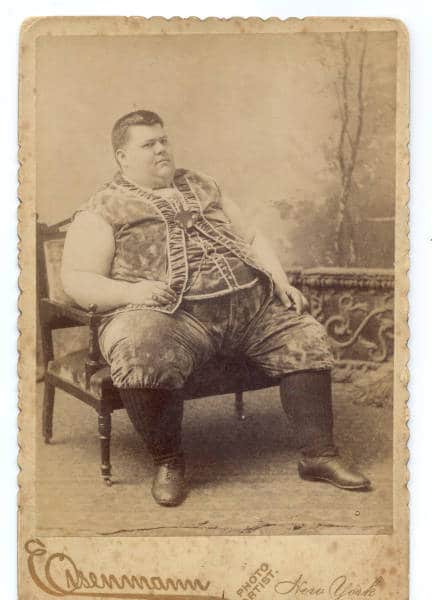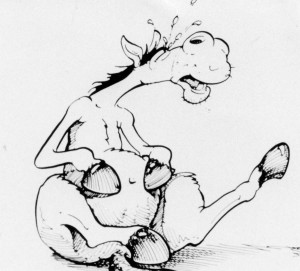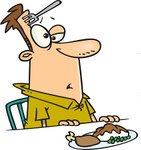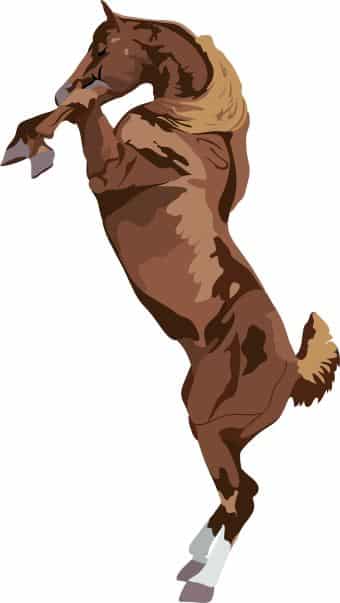Here’s the full question: “One of the horses I take care of has owners who will not pay for a vet….he is sore on the right side and the last vet, (maybe 6 years ago) said he had arthritis in his right shoulder. He is in very light work, 22, Selle Francais, about 1700 lbs, 17′ and over weight. He is barefoot and rides ALL on this front. I suggested a course of bute and he worked very well…the only problem is that they give him one gram of bute EVERYDAY for the past six months and I am worried about ulcers. What is the effect of daily bute and how long should it be given? What will happen to his stomach? How can you tell if a horse is suffering from ulcers? Do we stop the bute? Is it dangerous…does Ulcer Guard work? I think he needs shoes but they refuse. He is also overweight and they feed him 4 flakes of alfalfa a day plus a little gran with the bute. If I could afford my own vet I would get him out there right away…maybe he should just walk and not w/t/c.”
OK, lots of questions here, and I’ll see if I can come up with a few answers.
First off, a dose of 1 gram of bute daily to a horse of the size that you’re stating is probably a less-than-therapeutic dose, that is, it’s probably not doing much of anything at all. It’s probably less than half of an effective dose, and something like 12% of doses that have been shown to cause ulcers in horses. I’ve personally known of horses that have gotten 2 grams of bute twice daily for years without any apparent problems – I am NOT recommending that dose, only pointing out that the dose that you’re giving this horse is unlikely to cause problems.
In fact, side effects of many common drugs in horses are pretty overblown – CLICK HERE to read an article I wrote on side effects (and other fears).
To diagnose ulcers, you need to use a gastroscope – it’s a really long scope that goes down into the horse’s stomach, and you can see the ulcers directly. Other than that, it’s just a guess.
Yes, Ulcergard® works – it’s a trade name for omeprazole, which is a proven-effective ulcer medication, in horses and in humans, too. In humans, it’s sold as Prilosec®. That said, there are other, cheaper alternatives.
If the horse is really obese, one of the best treatments for arthritis is to put him on a diet. Losing weight has been shown to be an extremely effective treatment for arthritis in several species. Why not try switching from alfalfa to grass hay, just to cut some calories and give his aching shoulder a break?
Finally, decreasing exercise in an arthritic horse is not a bad idea, but it’s kind of a double-edged sword. Moderate exercise is actually beneficial for horses with arthritis, and exercise helps burn calories. You’d also probably see a lot of benefit from keeping him in a larger pen or paddock, where he could move around on his own.





